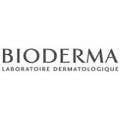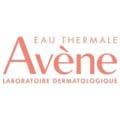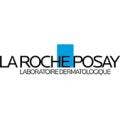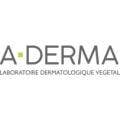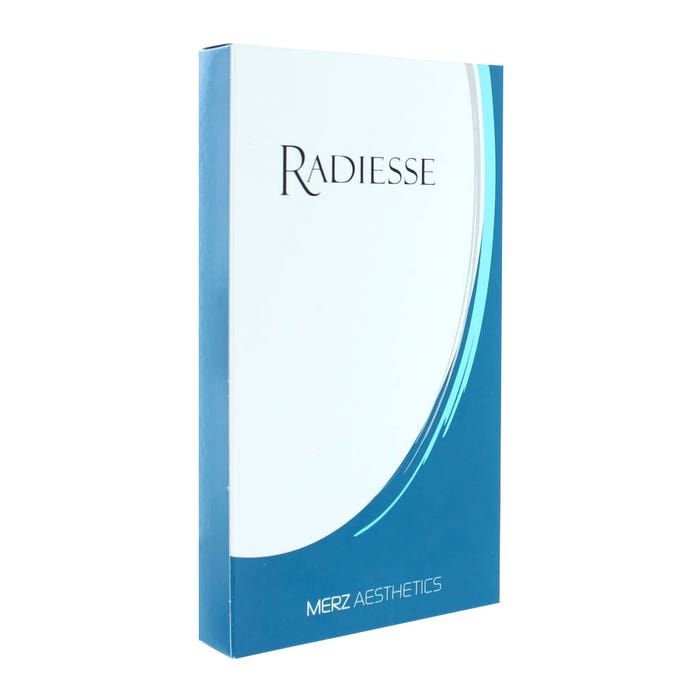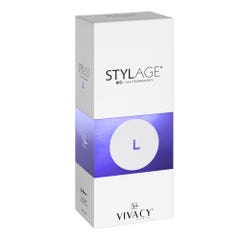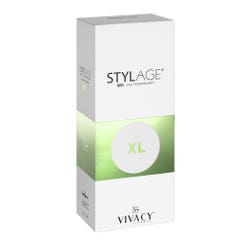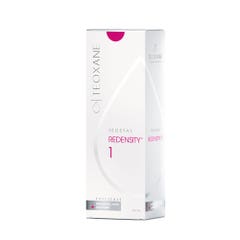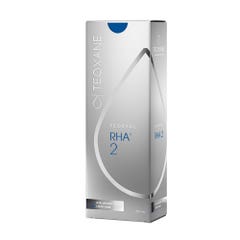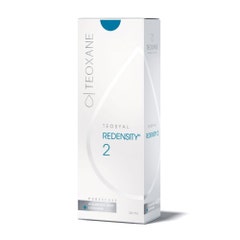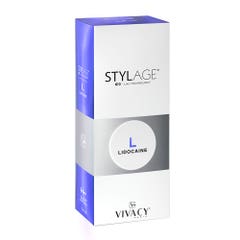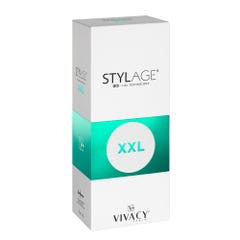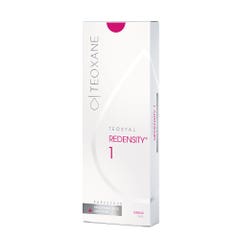To perform a percutaneous injection, obtain the following equipment:
- Injectable implant syringe (s) RADIESSE {Supplied separately}
- Needle (s) of appropriate sizes with Luer-Lock connectors. [The recommended size for needles is a DI between 25ga and 27ga with a needle length of 1.30cm to 3.8cm.
The use of needles with an internal diameter of less than 27 gauges may increase the risk of obstruction of the needle.]
1. Prepare the patient for percutaneous injection using standard procedures. The injection site of the treatment should be indicated on the surgical marker and prepared with a suitable antiseptic. At the discretion of the physician, local or topical anesthesia at the injection site or sedation may be used. After anesthesia of the site, apply ice to the area to reduce local swelling or distention.
2.Prepare injection syringes and needles before the percutaneous injection procedure.
A new injection needle can be used for each syringe or the same injection needle can be attached to each new syringe for the treatment of the same patient.
Remove the aluminum pouch from its box. At the appropriate time, open the pouch and drop the syringe into the sterile field.
A small amount of mold is usually found in the aluminum pouch for sterilization purposes. This mold does not indicate that the product is defective.
Separate the syringe package from the top edge and detach to the point below the fitting. For any use of needles other than those provided in this package, proceed according to the instructions delivered with the needles.
Remove the luer syringe cap (at the distal end of the syringe) before attaching the needle. The syringe can be screwed into the luer-lock connector of the needle.
The needle should be firmly attached to the syringe and primed with the RADIESSE injectable implant.
If an excess of the RADIESSE injectable implant is on the Luer-Lock's fitting surface, clean it with sterilized gauze. Slowly push the plunger of the syringe until the implant material rises from the needle. If leakage occurs at the Luer connector, remove the needle and clean the surfaces of the Luer connector or, in extreme cases, replace the syringe and needle.
3.Locate the initial site of implantation. It is difficult or impossible to inject the product into scar tissue and cartilage. Avoid these types of tissue as much as possible during penetration of the injection needle.
4.The depth of the injection and the amount injected vary depending on the site and extent of restoration or augmentation. The injection of the RADIESSE injectable implant must be deep enough so as to avoid the formation of nodules on the surface of the skin or the ischemia of the surface tissues. In the case of rejuvenation of the hands, the injectable implant RADIESSE must be injected into the areolar plane between the subcutaneous layer and the superficial fascia.
5. DO NOT OVERCORRIGATE THE INJECTION SITE.
Use a 1/1 correction factor.
Regularly model or massage the injected implant during the injection procedure to maintain a smooth contour.
6.If significant resistance is felt when pushing the plunger, move the injection needle slightly to facilitate implantation of the material. If this significant resistance persists, remove the needle completely from the injection site and retry a new position.
If this resistance still persists, try another injection needle. If unsuccessful, replace the syringe and injection needle.
7. Advance the needle into the deep dermis to the starting point. Carefully push the plunger of the syringe to begin the injection and slowly inject the implant material while removing the needle, implanting a line of material at the desired location. Continue to plant additional lines of material until the desired level of increase is achieved.
In the case of rejuvenating hands, DO NOT inject the RADIESSE injectable implant into the linear leads. Inject a Boolean form between the extensor tendons on the back of the hand and massage to distribute the material
2% lidocaine ratio to be mixed with the various syringe volumes of the injectable implant RADIESSE: 0.26 for a concentration of lidocaine obtained (w / v%) 0.31-0.32%
retention
The injectable implant RADIESSE must be kept in its packaging at controlled room temperature between 15 ° C and 32 ° C. Do not use if the expiry date has passed. The expiration date is printed on the product labels
Elimination
Used or partially used syringes and needles should be considered as potentially contaminated medical waste. They must be handled and disposed of in accordance with the institution's medical practices and local regulations.
Please note that the injection of RADIESSE 1.5ML requires a medical procedure that can only be performed by a doctor (doctor specialized in dermo-aesthetics, dermatologist, plastic surgeon).
If you experience discomfort that persists for more than a week or if other side effects occur, tell your doctor immediately.
